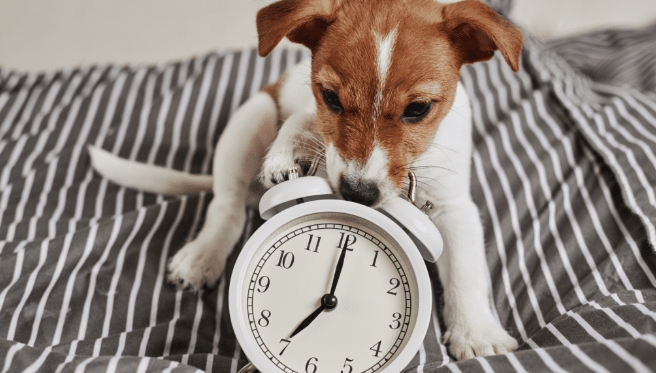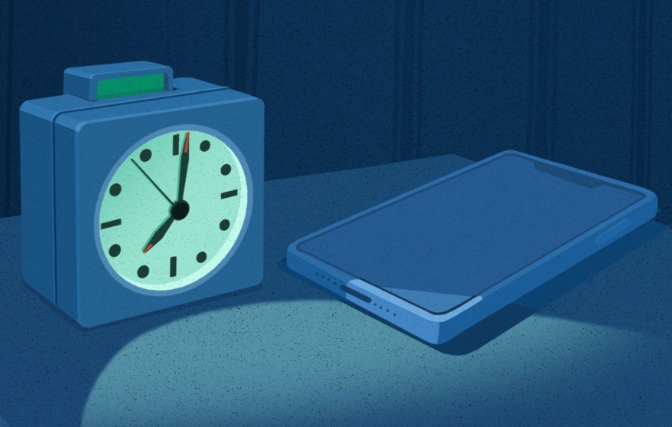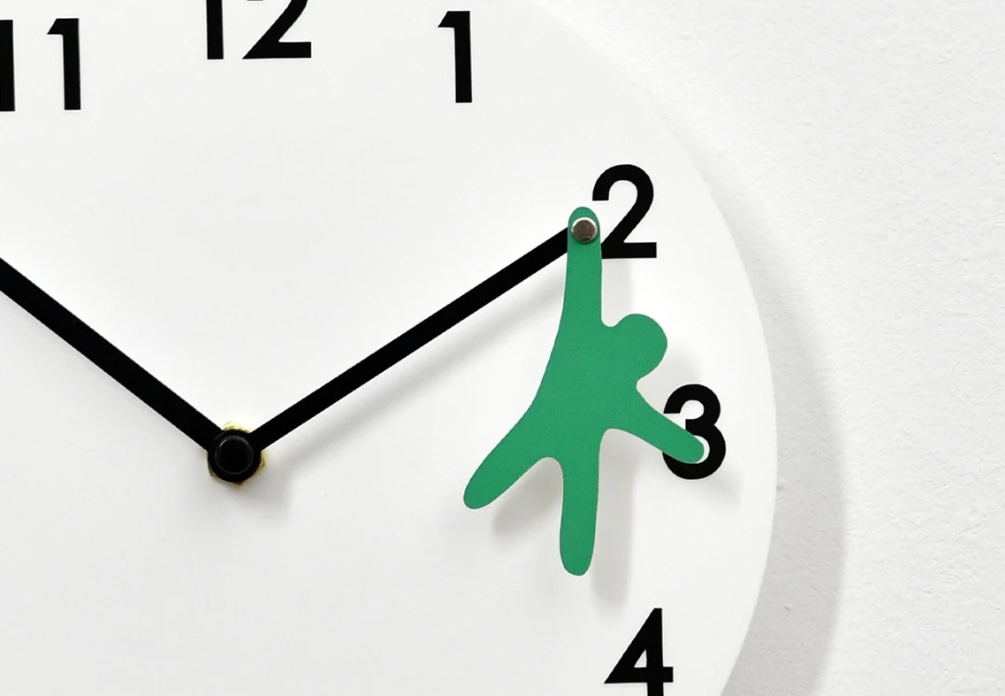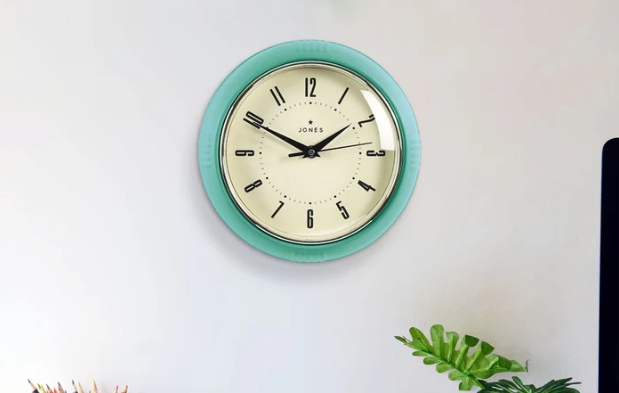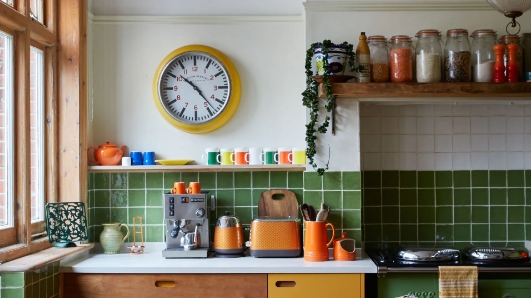Who Says Wall Clocks Are Old-Fashioned?
Oct 30, 2025
In a world dominated by smartphones, smartwatches, and digital assistants, some might say that wall clocks have become outdated. After all, why hang something on the wall when every device around us already tells the time? Yet, step into any well-designed home, boutique hotel, or modern office, and you’ll notice one thing — the wall clock is still there, and it looks more stylish than ever.
At Tongyuan Clocks, we see wall clocks not as relics of the past, but as symbols of design evolution. They have transformed from simple timekeepers into sophisticated design statements that blend beauty, precision, and modern living.
A Design Element That Never Fades
Wall clocks are one of those rare design elements that can adapt to any era. They’ve been reimagined countless times — from ornate pendulum clocks in grand homes to sleek, frameless pieces in minimalist apartments.
What makes them timeless is their ability to evolve with interior trends. A classic wood-finished clock adds warmth to rustic spaces, while a thin aluminum frame complements contemporary architecture. Even in the most high-tech environments, a well-chosen wall clock can introduce texture, contrast, and a human touch that screens simply can’t provide.
The Perfect Balance of Function and Form
A wall clock is more than decoration; it’s a piece of functional art. Its rhythm organizes daily life, while its form enhances visual harmony. Designers often use wall clocks as focal points to anchor large walls or balance asymmetrical layouts.
The circular design naturally draws the eye, adding movement and symmetry to the space. A modern marble-textured clock, a metallic minimalist piece, or an art-inspired acrylic clock can all act as conversation starters — proof that function and creativity coexist beautifully.
Modern Innovation, Timeless Craftsmanship
Today’s wall clocks are anything but old-fashioned. Advances in materials and technology have made them more precise, durable, and versatile than ever.
Silent quartz movements eliminate the ticking sound, ensuring peace and quiet. Multi-function designs now include temperature displays, hygrometers, LED night lights, and USB charging ports. Materials like acrylic, brushed metal, engineered wood, and resin open endless possibilities for design innovation.
At Tongyuan Clocks, we combine modern manufacturing precision with traditional craftsmanship. Each clock is engineered for accuracy, assembled with care, and designed to complement a wide range of interiors — from homes and offices to hotels and showrooms.
A Reflection of Personality and Lifestyle
Unlike digital screens that all look the same, a wall clock expresses individuality. It tells a story — not just of time, but of taste. Whether it’s a minimalist clock in a modern studio or a statement piece in a corporate lobby, the right design reflects the identity of the space and the people who inhabit it.
Wall clocks can also influence mood and energy. A warm-toned wooden clock can make a room feel inviting, while a sleek monochrome design creates focus and calm. In many cultures, clocks symbolize rhythm, progress, and continuity — qualities that remain relevant in modern life.
The Return of the Wall Clock
Far from being forgotten, wall clocks are experiencing a revival. As interior design shifts toward authenticity, craftsmanship, and emotional connection, people are rediscovering the beauty of tangible objects that bring both meaning and style.
Designers and homeowners alike appreciate wall clocks for what they represent — the blending of art and practicality, heritage and modernity. They remind us to slow down, to look up, and to reconnect with the moment — something no digital screen can truly replace.
Time Redefined
Who says wall clocks are old-fashioned? They’ve simply grown wiser, more versatile, and infinitely more beautiful. In an era of fleeting trends, the wall clock remains a timeless constant — always evolving, yet forever essential.
At Tongyuan Clocks, we create wall clocks that capture this spirit — blending modern design, advanced technology, and enduring craftsmanship. Discover how our collections redefine the meaning of time at www.tongyuanclock.com
Read More
